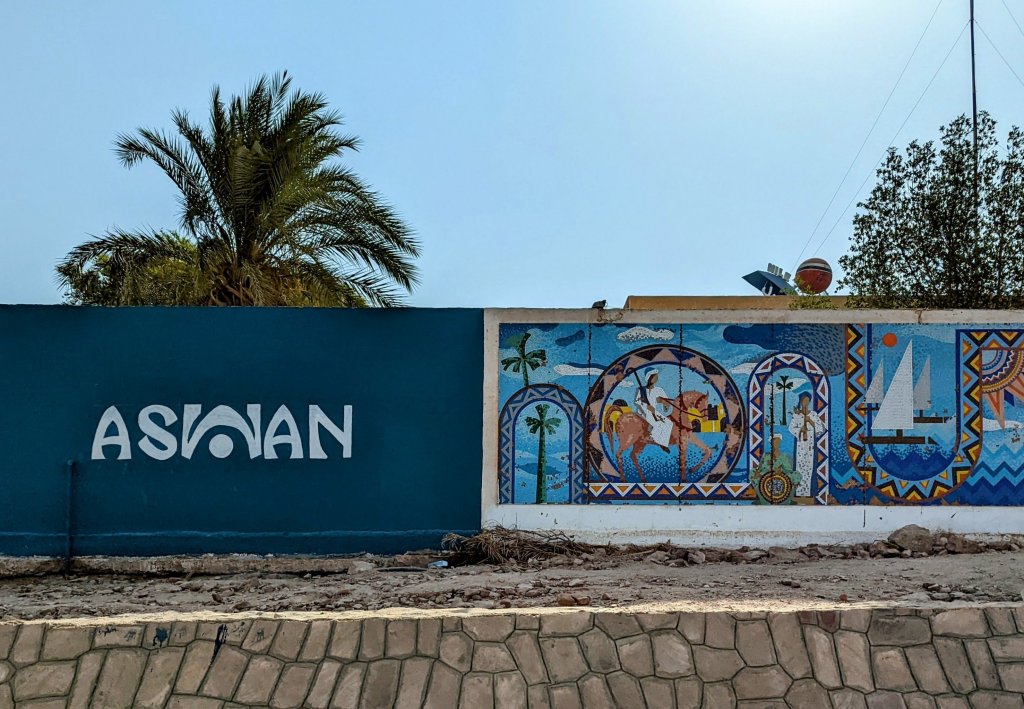
The Aswan region is a study in contrasts. An important trading area, the city is divided into the east side where some 500,000 people live and the west side where there’s nothing but the Sahara Desert until the Atlantic Ocean some 3,000 miles away. Aswan is located at the first cataract of the Nile. It has long been a place for trading. The city also thrived because of large granite quarries which were used to build Egypt’s countless temples, obelisks, and Pyramids. In the 1960s, the completion of the Aswan High Dam created Lake Nasser. As the lake rose, the region became a magnet for archaeologists intent on saving the ancient temples from submersion.
Our first stop in the Aswan region was the village of Esna where we walked among the local craftsmen who were busy demonstrating their work. Ancient Egyptians knew Esna as Latopolis, named for the largest of the perch species that swam in the Nile’s sacred waters. Its ancient past lives on in the colorful street markets overflowing with their goods and crafts. Although it was early Sunday morning, the residents were welcoming to our band of tourists.







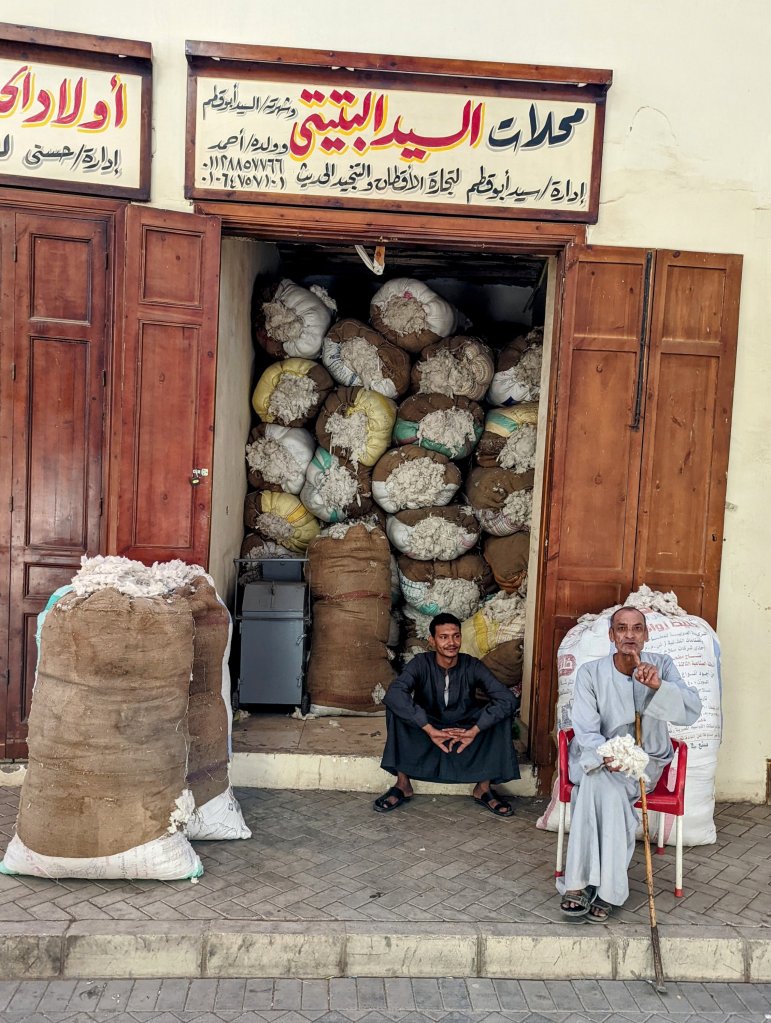

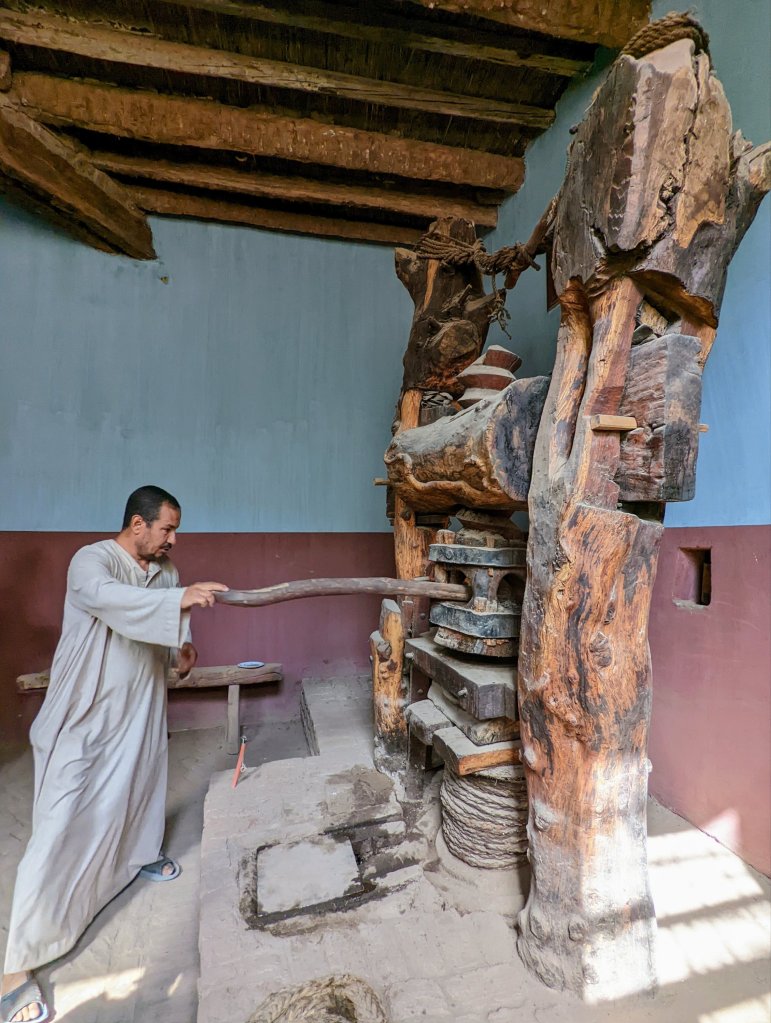
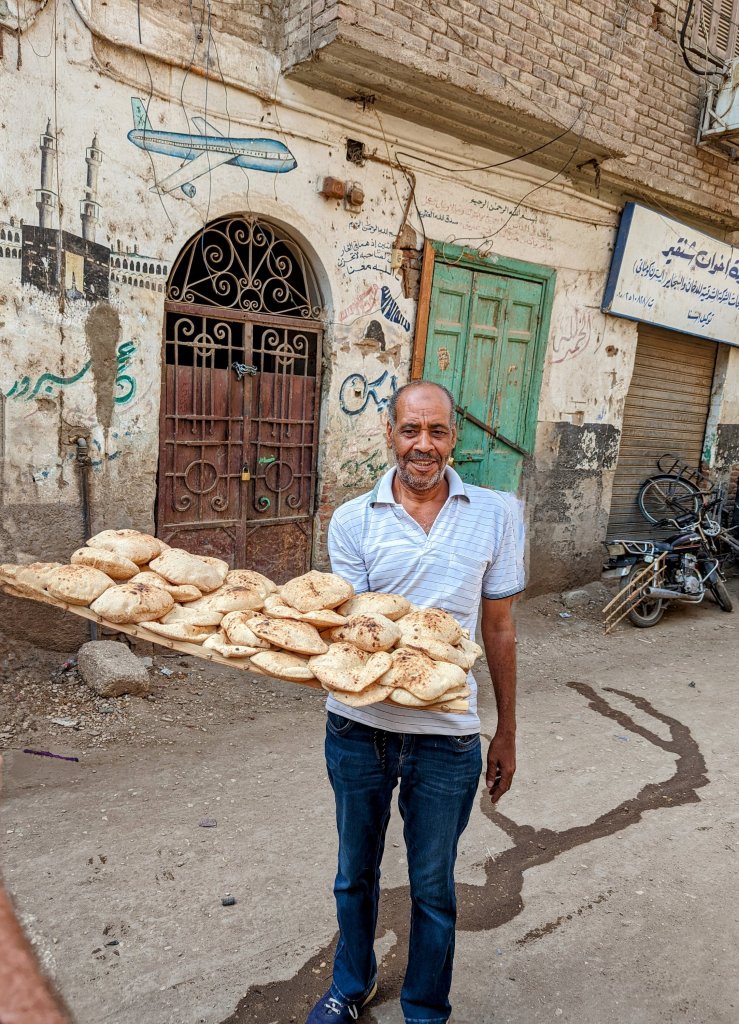
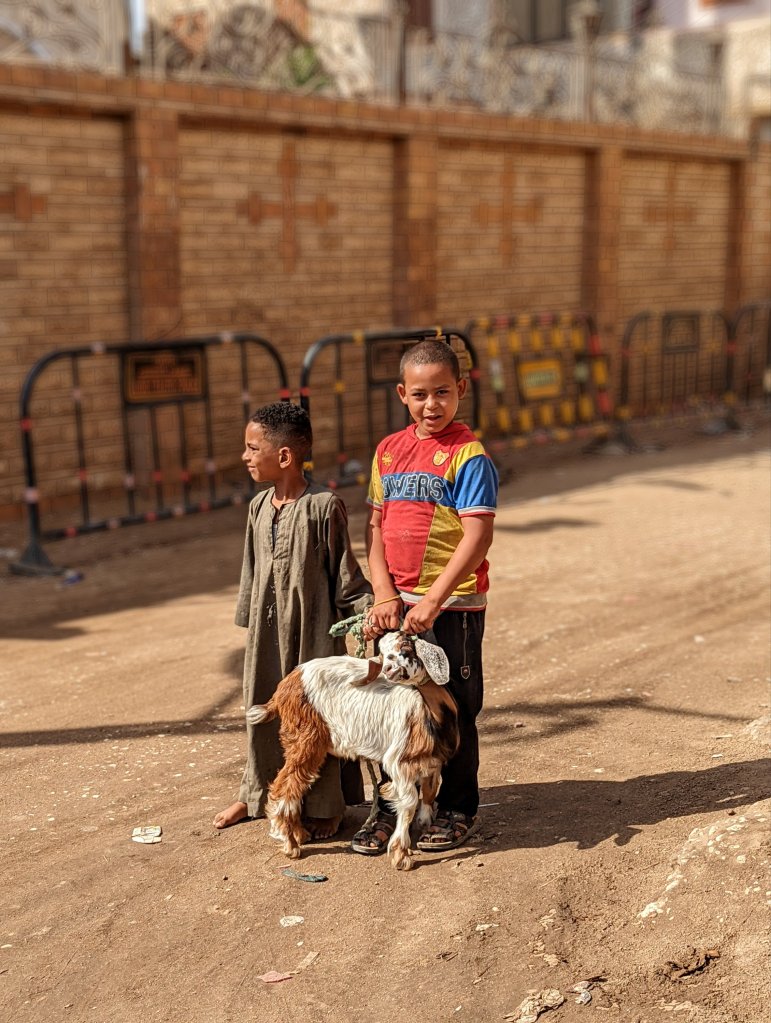



On our way to the Aswan High Dam, our guide explained some of its pros and cons. The first dam was built in 1902 with help from the British. After raising it twice to prevent flooding, it had a capacity of 9 billion cubic feet of water. The High Dam was designed to capture excess water in Lake Nasser and store it in case of severe drought. It has a capacity of 168 cubic feet and was financed by the Soviet Union.
On the plus side, the dam reduces the amount of water lost to evaporation and helps avoid long periods of drought, increasing the number of annual harvests from one to three. It also helps to regulate flooding which had destroyed entire communities in the past. It has had a positive impact on fishing and tourism, and enables the hydro electric power station which provides much of Egypt’s electricity. That and solar power allow Egypt to export their excess electricity.
On the negative side, it has resulted in increased humidity, which we experienced first hand. It also reduced the amount of silt coming into the region, which had been a good natural fertilizer. The saddest outcome, in my opinion, was the relocation of about 140,000 Nubian residents. Although we were told that they were provided with compensation in the form of some land and money, the loss of their ancestral homes and communities was profound. Some moved to Sudan to start new lives while others stayed in Egypt and are trying to preserve their customs in different villages, which we had the opportunity to visit. I’ll talk more about that later.
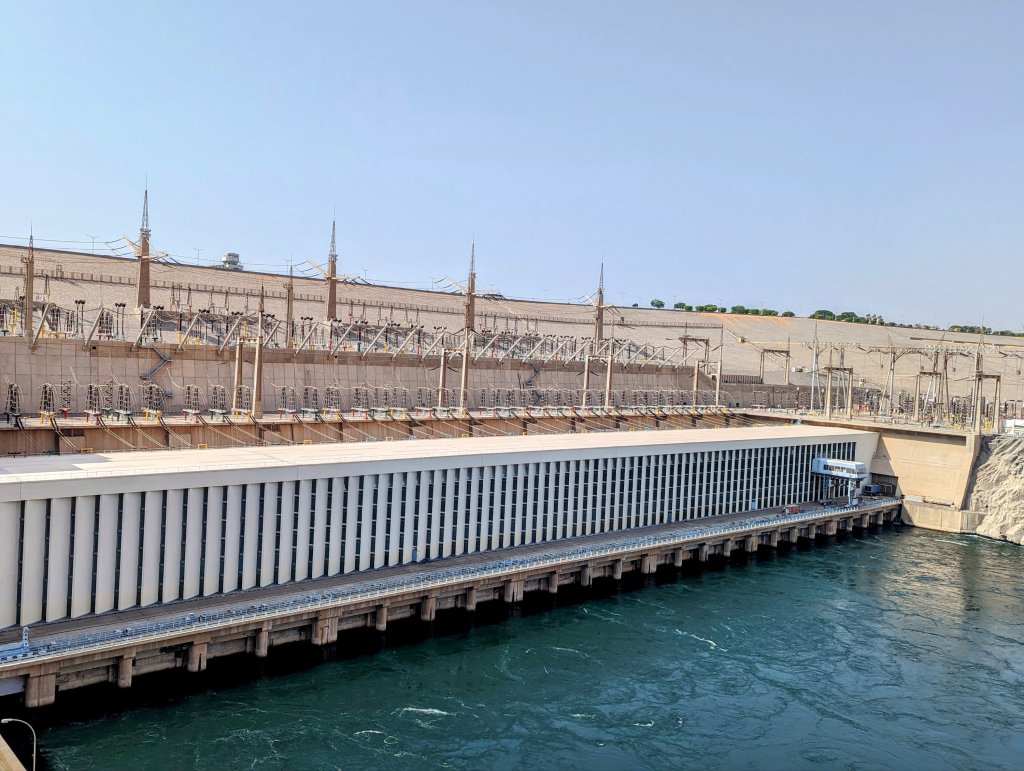
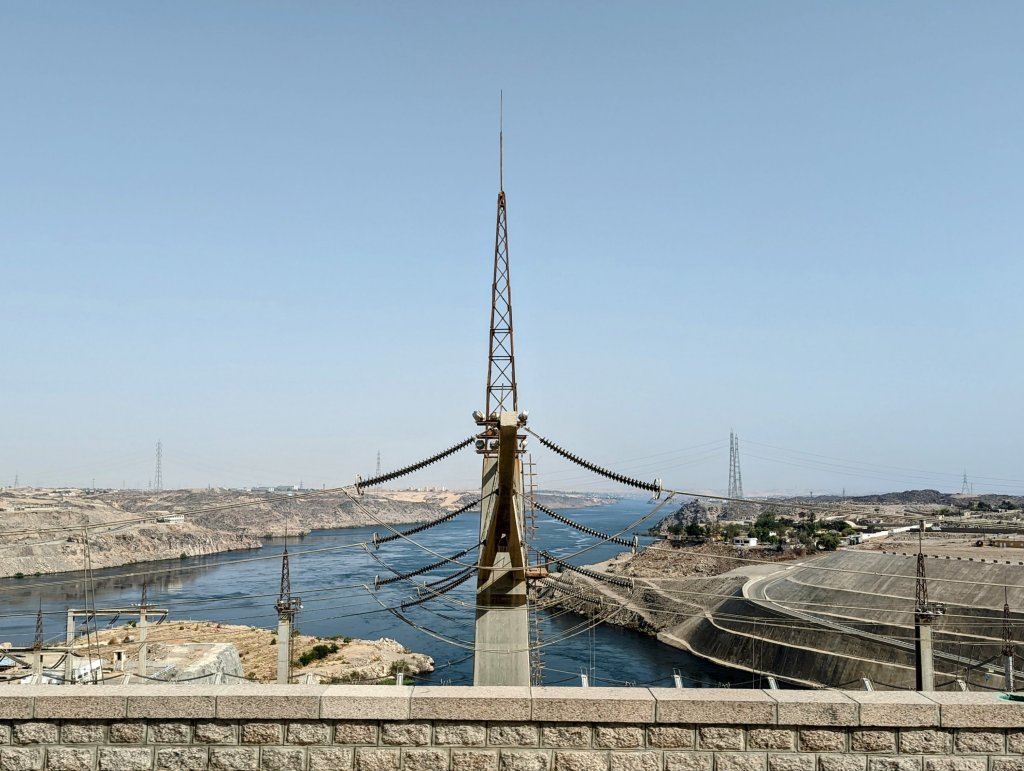
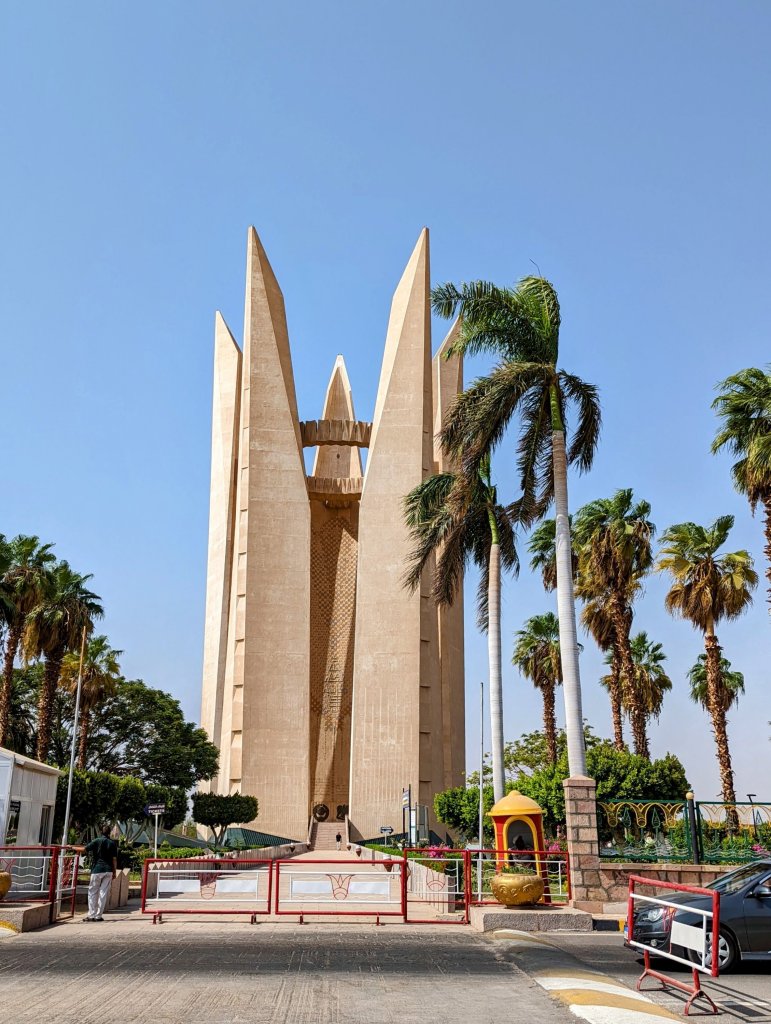
The Aswan Spice Market is divided into two sections: a tourist market and the local market. We visited both, and the differences were striking. The tourist market offers trinkets and other items of interest to visitors from brightly colored stalls. Vendors are pretty aggressive, often reducing their initial prices by up to 80%! The local market offers mostly fresh produce, baked goods, and some meat and fish, and the vendors do business quietly from behind their displays.
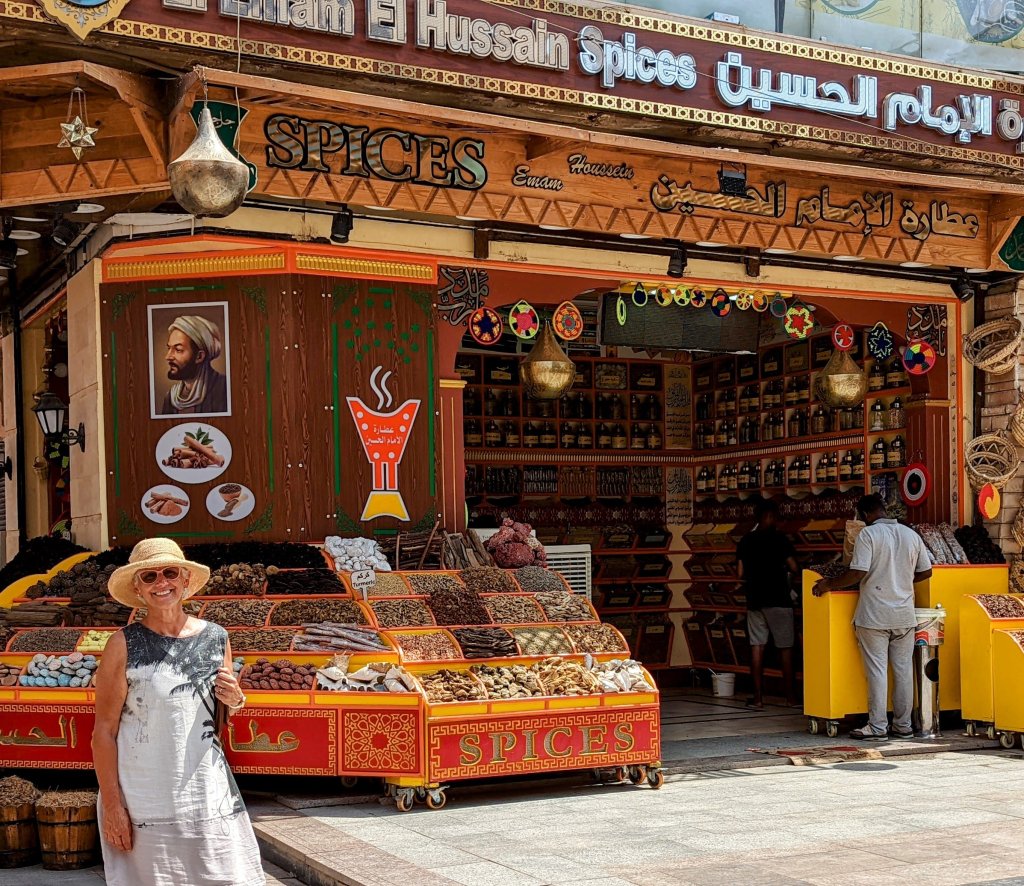

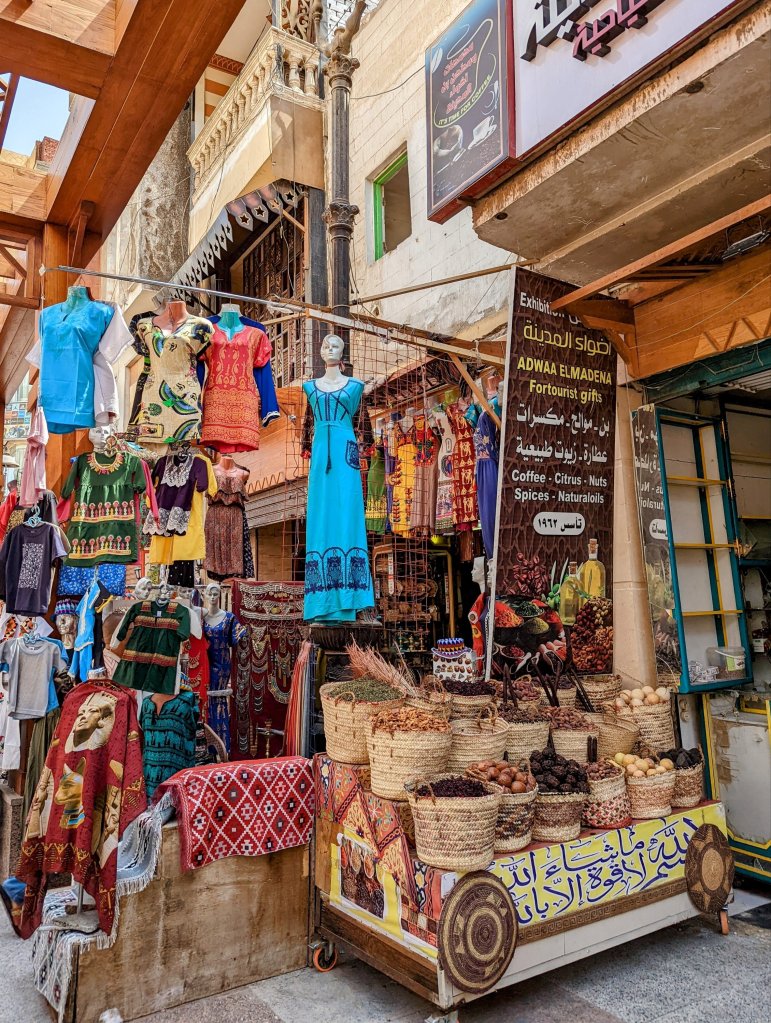


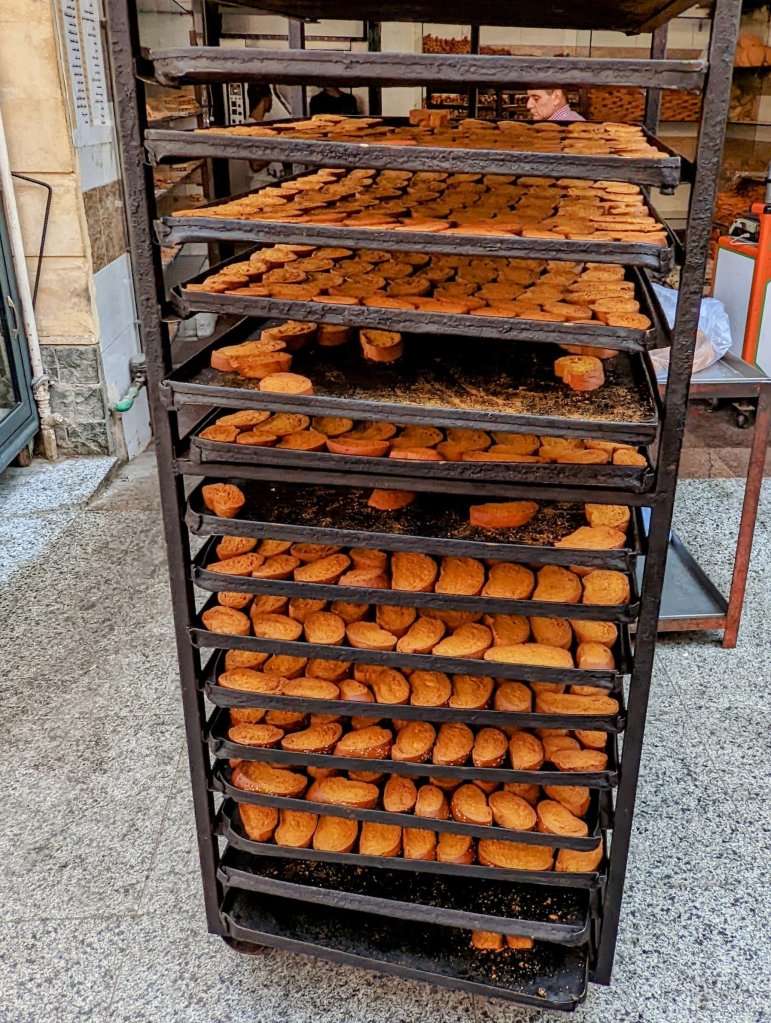
In the afternoon, we enjoyed a sail on a traditional falucca boat. The boats make a striking silhouette along the Nile with their unique and beautiful sails, and the sailors pass their trade down through generations.



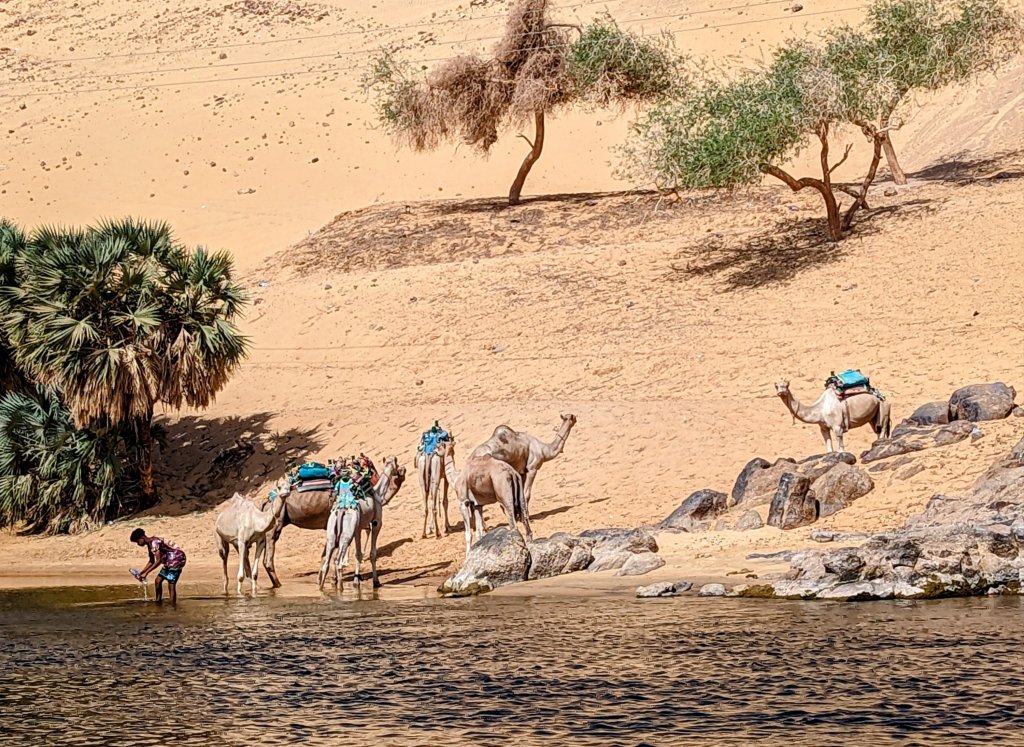
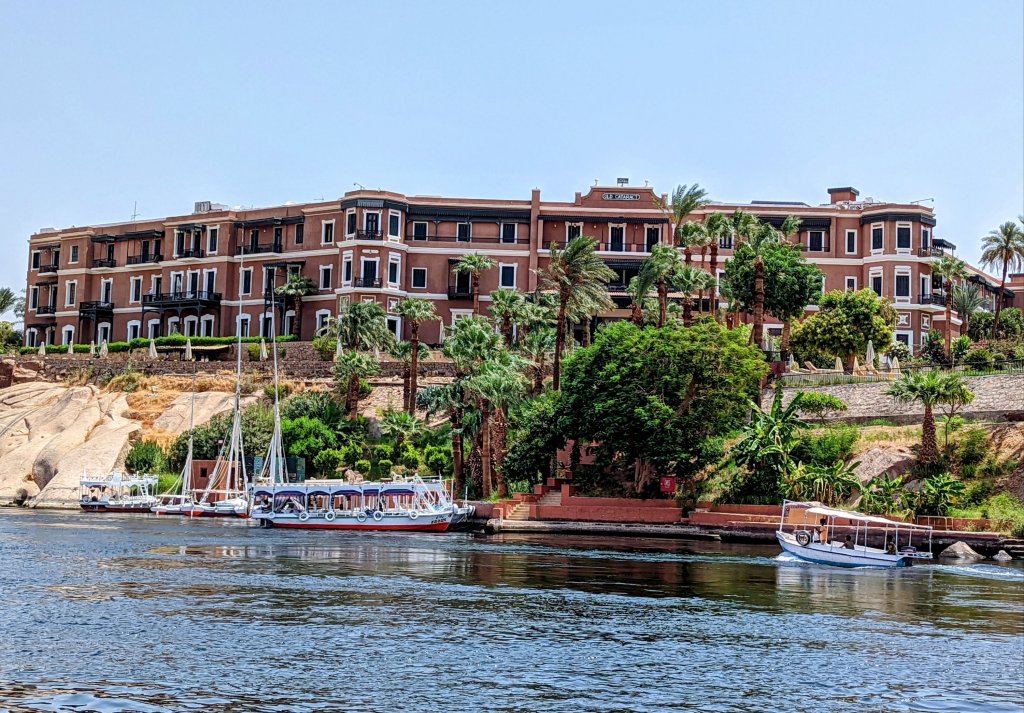



for a while
The next day we visited a local Nubian village. In ancient Nubia, around 5000 BC, herdsmen and hunters from what is now the Sahara migrated toward the Nile and became farmers and fishermen. The fertile river valley allowed them to grow an abundance of fruits and vegetables, and also to herd cattle. Nubia became a passageway for extravagant products such as ebony, incense, and ivory, which were brought from other parts of Africa and the Mediterranean. Over the years, their fortunes ebbed and their heritage was threatened in the name of “progress” as the dams were built on what was once their land.
Although they lost so much, today’s Nubian families are working hard to carry on the traditions of their ancient ancestors. Many of their homes are built in a traditional domed style with vibrant colors in geometric patterns. We had the privilege of visiting one of their villages, where we were treated to a home visit as well as a stop at a local preschool. We received a warm welcome with traditional hibiscus tea; jabana coffee prepared with Sudanese coffee beans, ginger, and sugar; and a sweet homemade bread. The rhythmic sounds of drums and the rababa, a bowed, stringed instrument, filled the air with traditional Nubian music. And I treated myself to a beautiful botanical henna design, done by one of the local women to match hers.
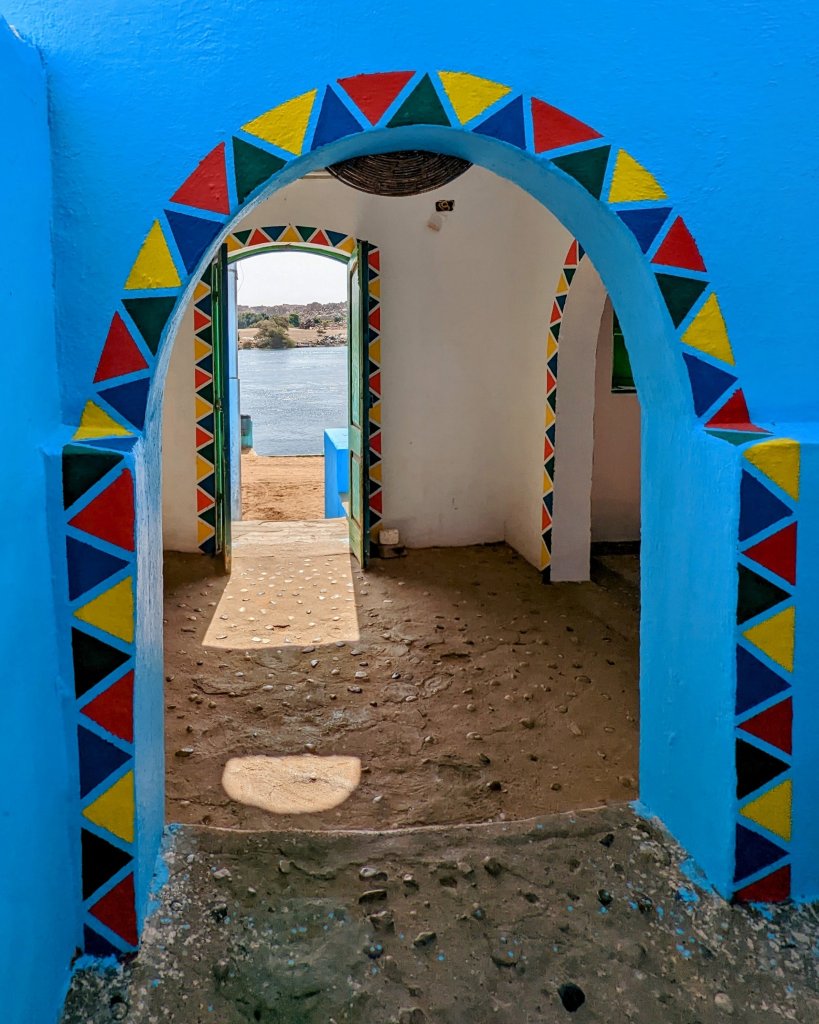




Later that evening we visited Agikia Island located in the Old Aswan Dam reservoir. There we saw the ancient temple dedicated to goddess Isis. This historic structure is part of a complex of temples called Philae. It too was relocated because of the dams. When the Old Aswan Dam was built, the complex was flooded or completely under water for months at a time. As part of the UNESCO Nubia Campaign, Philae was disassembled and moved to Agikia Island. It took workers almost 20 years to deconstruct and relocate the temple complex. We stopped by the following morning, and it was just as beautiful! We also had a chance to swing by the Nubian market where the clothes were far more beautiful than what we’ve seen so far. There’s much more gold and bling!


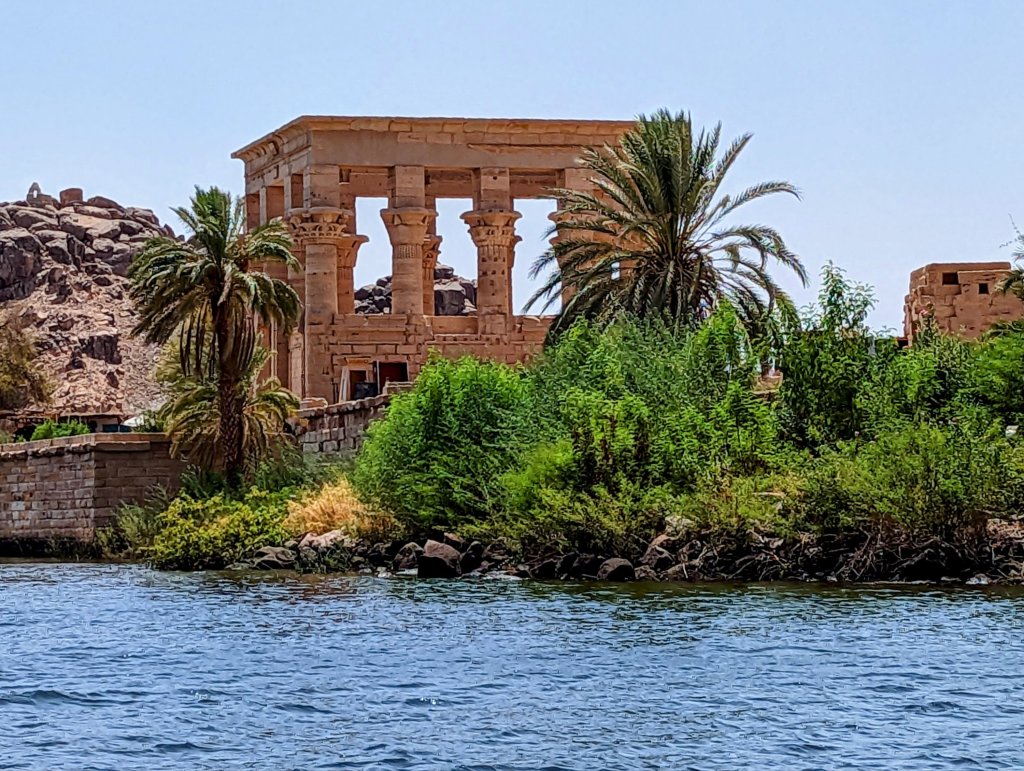
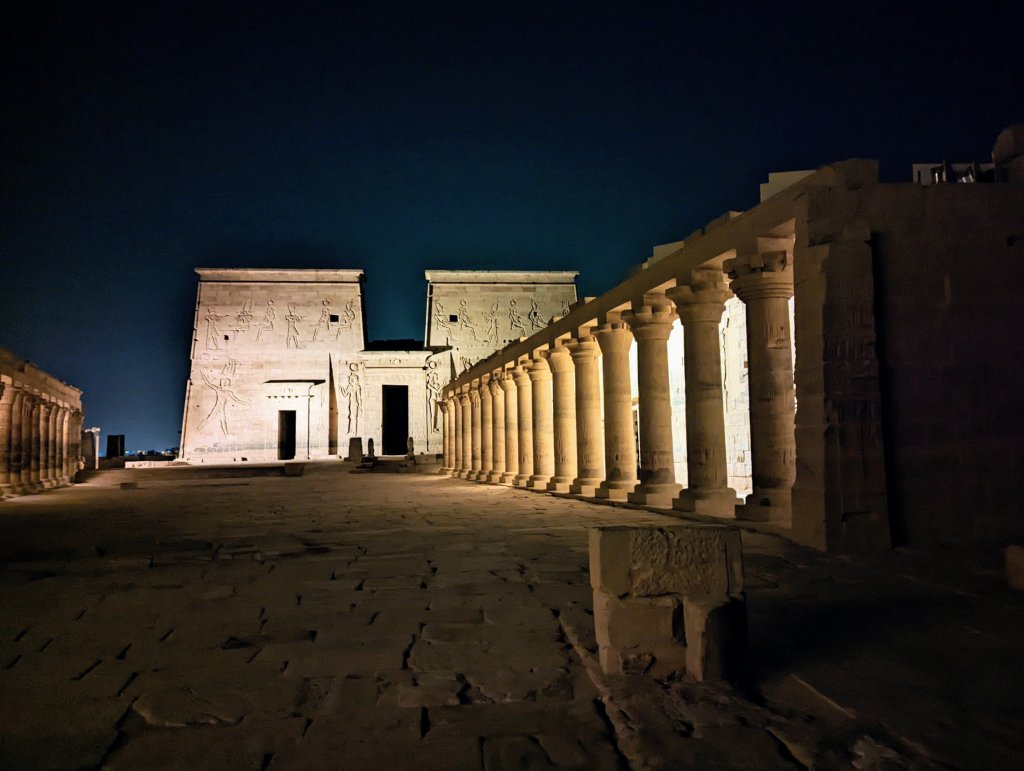

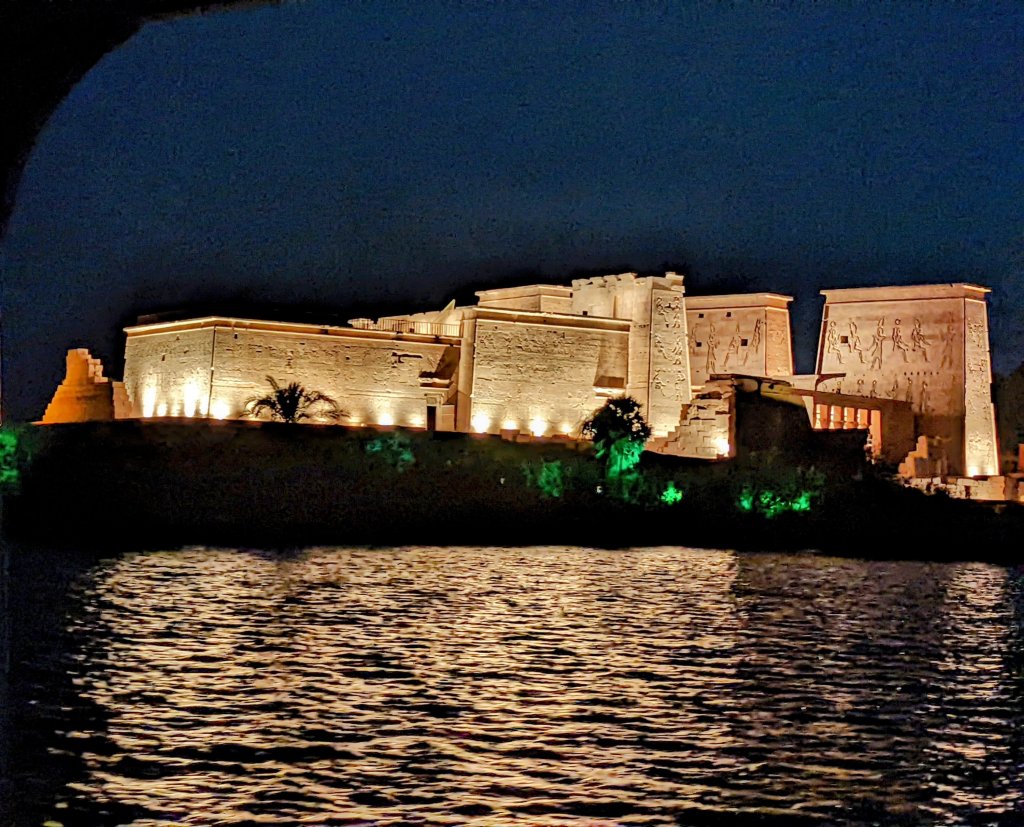
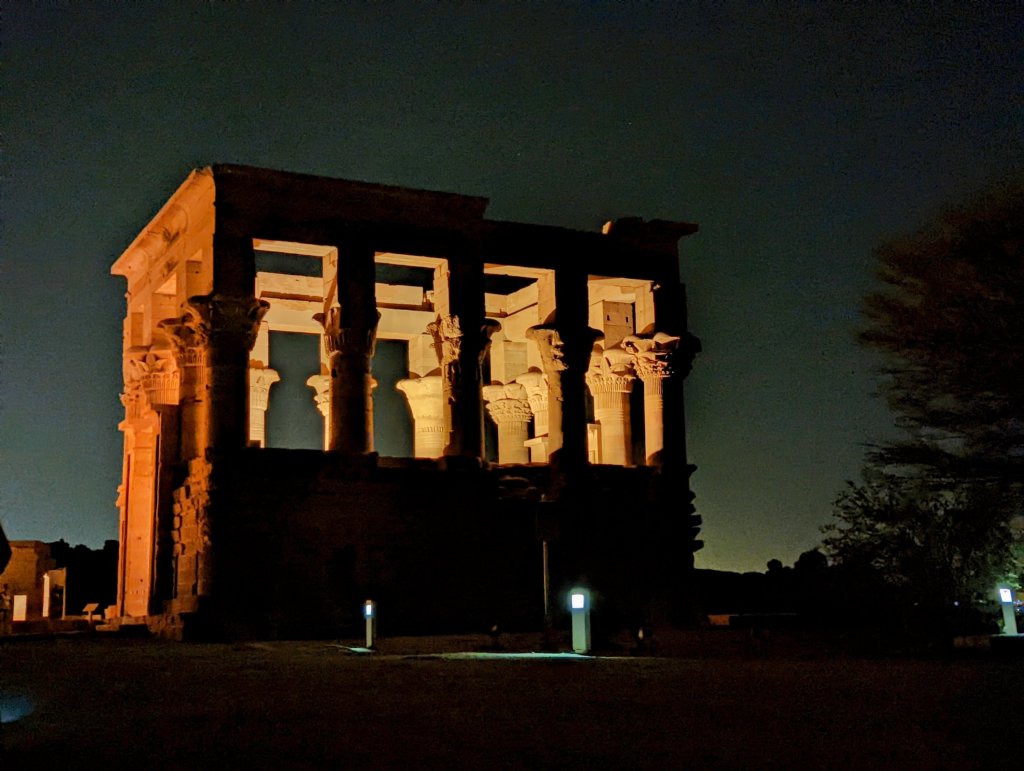
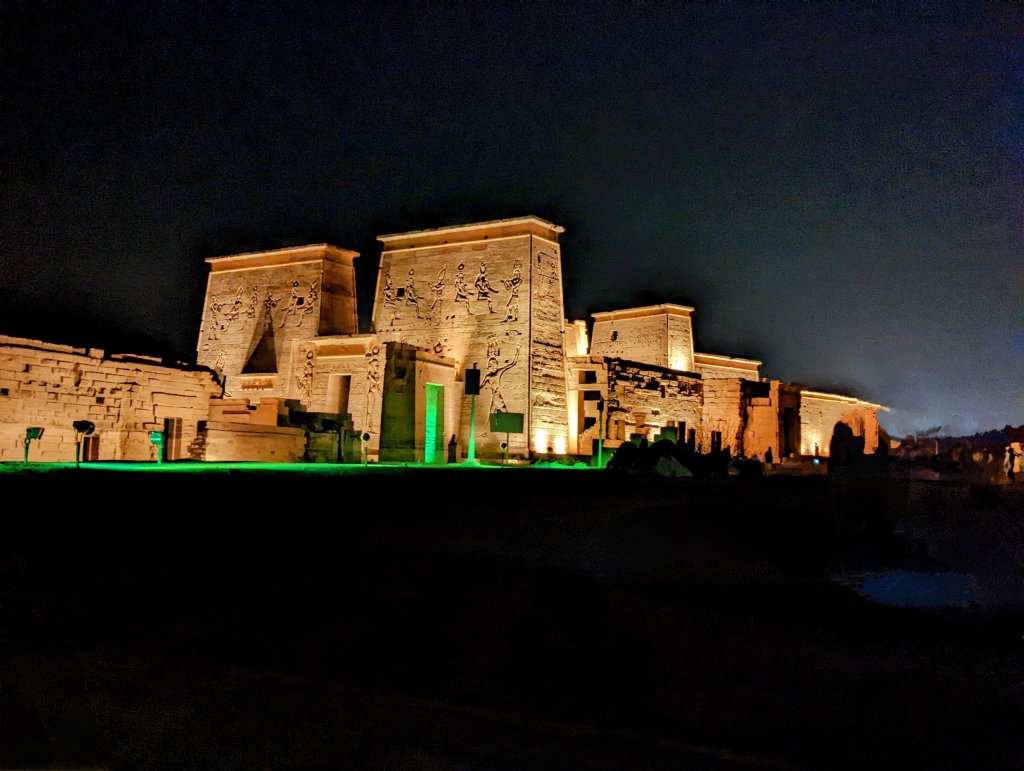

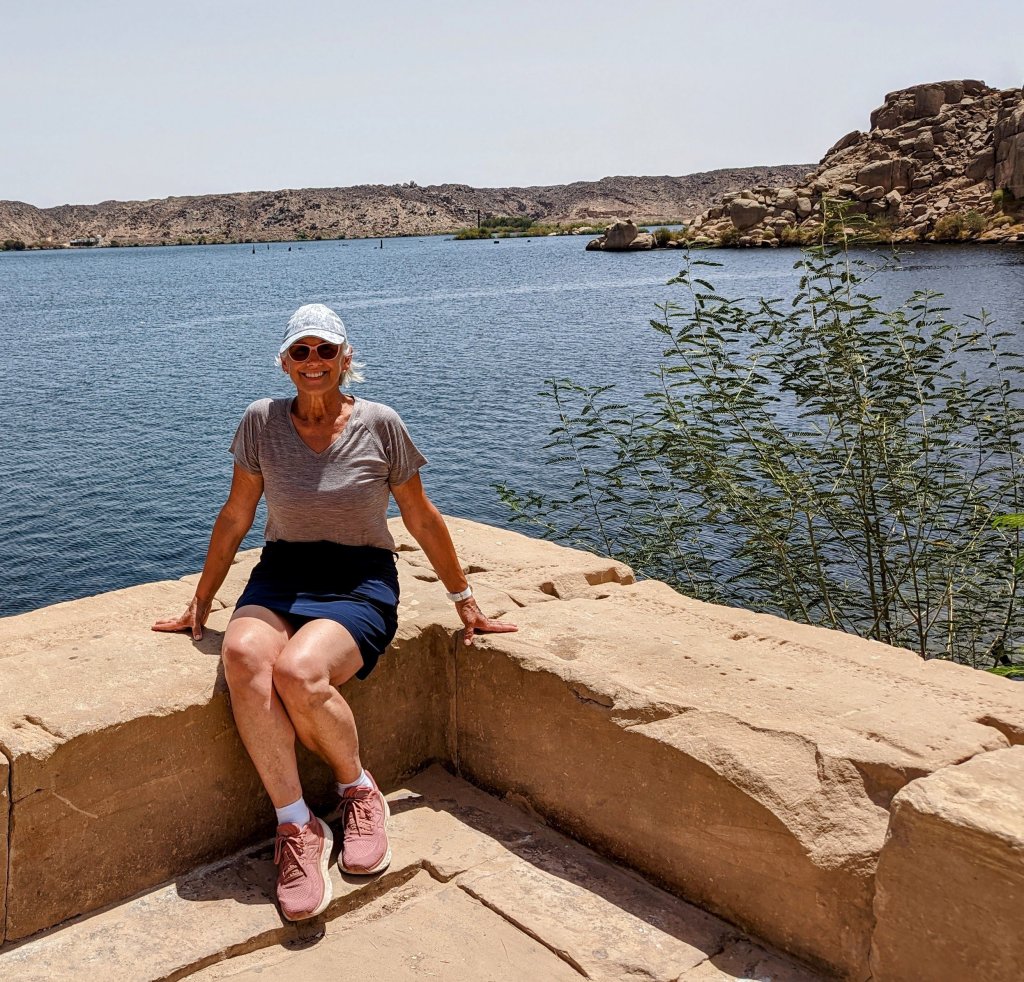

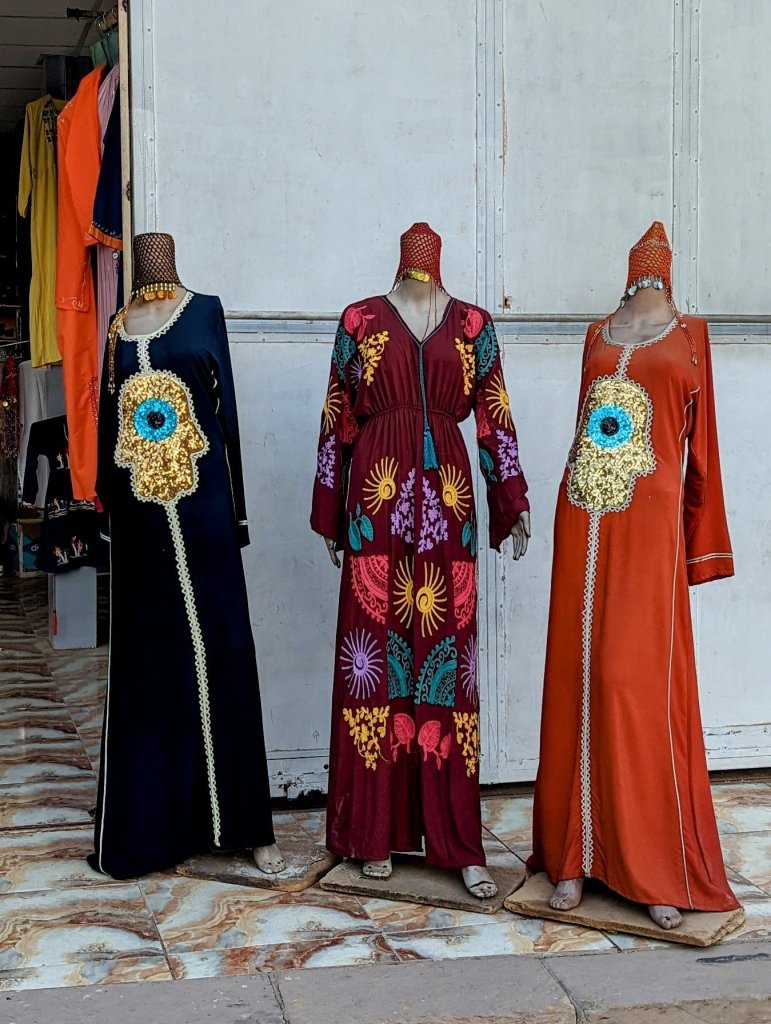
Aswan was the southernmost point on our journey on the Nile. As we began our trip back to Cairo, we stopped at the unique port of Edfu. Located on the west bank of the Nile between Luxor and Aswan, Edfu is steeped in Egyptian legend. When we arrived, about 30 horse-drawn carriages were lined up to take us to the temple. We climbed onboard and had the thrilling experience of “rush-hour” as our driver made his way through the heavy traffic, keeping pace with trucks, cars, and motorcycles.
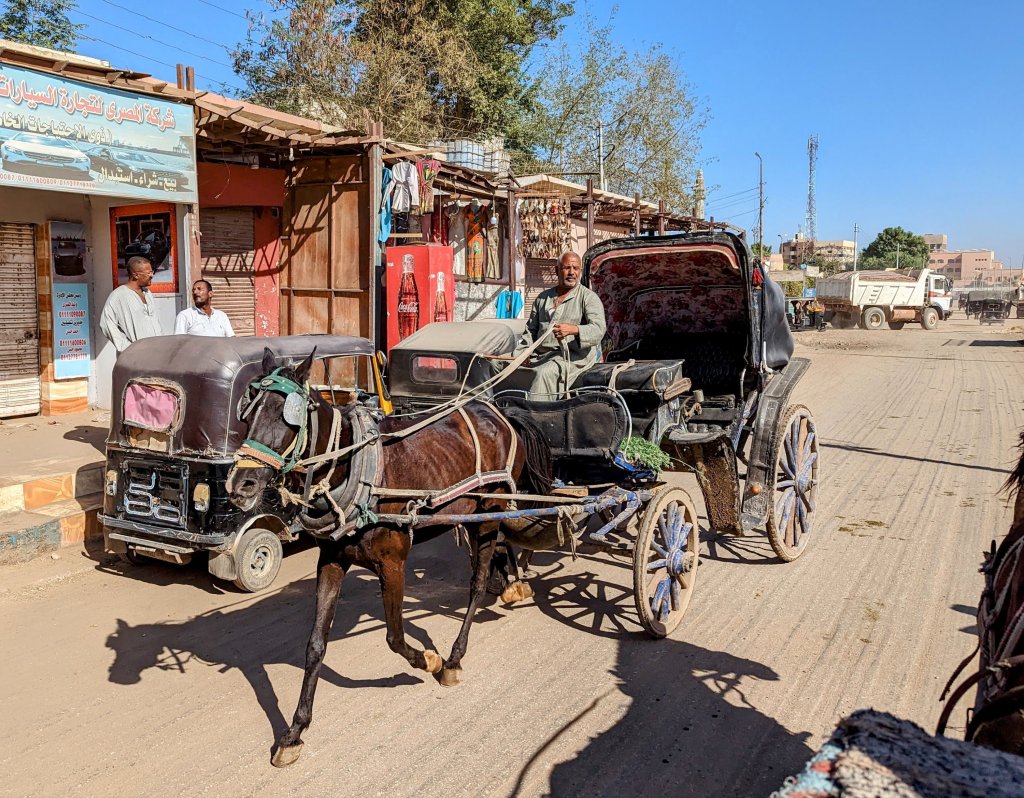
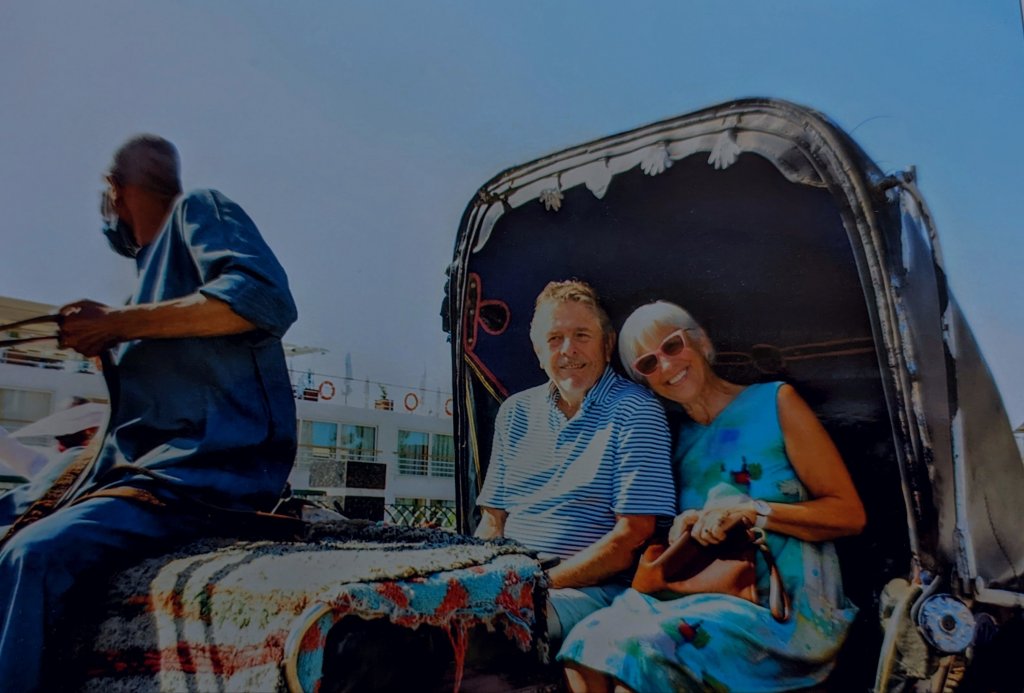
The ride to the temple didn’t quite prepare us for what was at the end of the road. Ancient Egyptian myth teaches that the falcon god Horus battled his uncle Seth after Seth brutally killed Horus’ father Osiris. To honor Horus, the people of Edfu built a grand temple from 237-57 BC. It is truly a magnificent example of an ancient Egyptian temple, with vivid stories and a magnificent Holy of Holies. There was a long line of tourists to take a “selfie” with the statue of Horis sitting in front of the temple. We passed on the selfie, catching a clean shot of Horus between the selfie-takers!

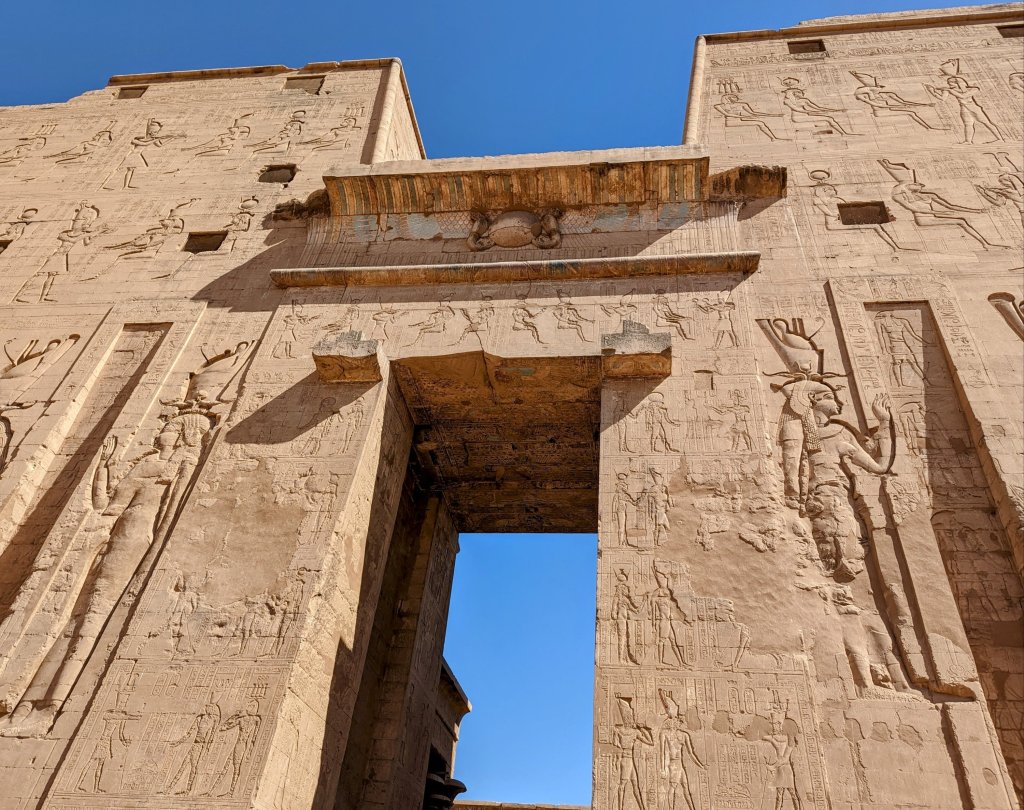


The Aswan Region is fast and slow, old and new, and its history and secrets will take some time to process. As we make our way back to Luxor, we’re left with a feeling that there is just so much to know and so much to do. But one thing is for sure… we’re happy to have made this particular journey before we’re too old.
Denise, these photographs are your best yet! The shadows in the fabrics are painterly. Thank you for sharing your extraordinary experiences with us.
LikeLiked by 1 person
Thank you so much! Egypt is beautiful!
LikeLike
I have enjoyed every bit of your blog and your journey, but this one is by far my favorite. I am so excited now about visiting Egypt, thank you for sharing such beautiful pictures and such great commentary and narration. You really should do this professionally!
LikeLiked by 1 person
Thank you. It’s hard to capture everything. Egypt is so rich in so many ways. It really will be with me for a long time.
LikeLike
Your photos are simply stunning, and your blog fantastic!! We have enjoyed each step
of this exciting journey with you, a sincere thank you for sharing in such a beautiful
manner.💕
LikeLiked by 1 person
Thanks, Bev. It’s been an amazing adventure, but I’m starting to miss home.
LikeLike
Beautiful photos. Your pictures and descriptions are getting better and better. Hopefully, someday you will share this in a book on your adventures. Love your tattoos ☺️❤️
LikeLiked by 1 person
It’s really been a great adventure, but we’re almost ready to come home❤️
LikeLike
Looking forward to your return ❤️💞❤️💞
LikeLike
Looking forward to your return. Sorry my last reply was “crooked.” LOL 😂
LikeLike
Loved experiencing this adventure with you. Great memories for you both. Safe trip home!!❤️
LikeLiked by 1 person
Thanks so much for traveling along💖
LikeLike